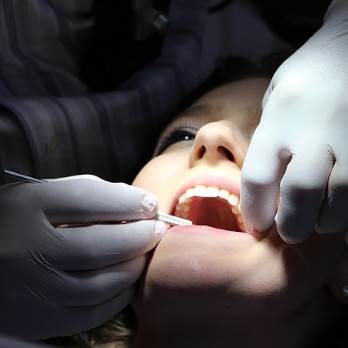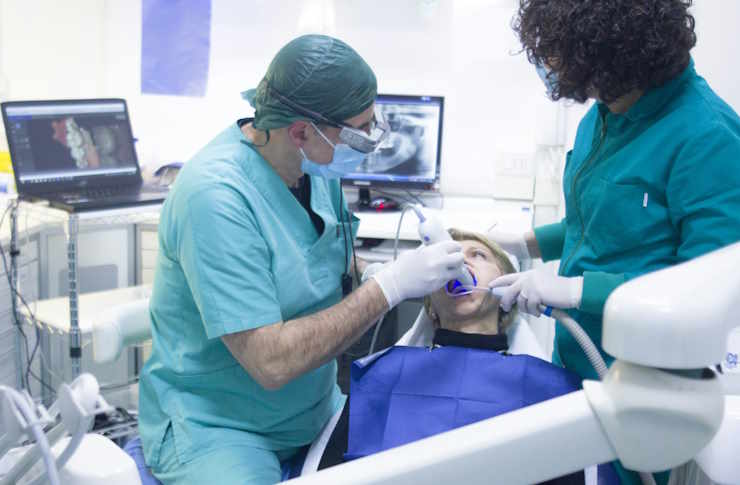Dental Implant Guidelines 2025
The world of dental implants is constantly evolving, and as we approach 2025, new guidelines are being established to ensure the highest standards of care. Dental implants have become a popular solution for tooth replacement, offering durability and a natural appearance. The 2025 guidelines aim to refine procedures, enhance patient outcomes, and integrate technological advancements. This article delves into these new guidelines, providing a comprehensive overview of what dental professionals and patients can expect in the coming years.

What are the expected changes in dental implant procedures for 2025?
The dental implant landscape is expected to undergo significant changes by 2025. Advancements in technology and materials are likely to streamline the implant process, making it more efficient and less invasive. One anticipated development is the increased use of 3D printing technology for creating custom implants and surgical guides. This technology allows for more precise placement of implants, reducing the risk of complications and improving overall success rates.
Another expected change is the wider adoption of immediate load implants. These implants allow for the placement of a temporary crown immediately after the implant is inserted, reducing the overall treatment time and providing patients with a functional tooth more quickly. However, it’s important to note that not all patients may be suitable candidates for this approach, and dentists will need to carefully assess each case.
How will patient evaluation criteria change for dental implants in 2025?
By 2025, the criteria for evaluating patients for dental implants are likely to become more comprehensive. Dentists are expected to place greater emphasis on overall oral health and systemic conditions that may impact the success of implant procedures. This may include more detailed assessments of bone density, gum health, and potential risk factors such as smoking or diabetes.
Additionally, advanced imaging techniques, such as cone beam computed tomography (CBCT), are anticipated to become standard practice in pre-implant evaluations. These imaging methods provide detailed 3D views of the jaw structure, allowing for more accurate treatment planning and reducing the risk of complications during surgery.
What new materials and technologies are expected for dental implants in 2025?
The materials used in dental implants are continually evolving, and by 2025, we may see the introduction of new biocompatible materials that promote faster osseointegration – the process by which the implant fuses with the surrounding bone. Zirconia implants, which offer a metal-free alternative to traditional titanium implants, may become more prevalent, especially for patients with metal sensitivities or those seeking a more aesthetic option.
In terms of technology, computer-guided implant surgery is expected to become more sophisticated and widely used. This technology allows for virtual planning of the implant procedure, which can then be translated to the actual surgery with high precision. Additionally, the use of platelet-rich plasma (PRP) and growth factors to enhance healing and bone regeneration may become more commonplace in implant procedures.
How will aftercare and maintenance guidelines for dental implants evolve by 2025?
Aftercare and maintenance guidelines for dental implants are likely to become more personalized by 2025. With advancements in diagnostic tools, dentists may be able to provide more tailored recommendations based on individual patient factors such as oral hygiene habits, bite forces, and lifestyle choices.
The use of digital monitoring tools, such as smart toothbrushes or mobile apps, may be incorporated into aftercare routines to help patients maintain optimal oral hygiene and track the health of their implants. Regular check-ups and professional cleanings will remain crucial, but the frequency and nature of these visits may be adjusted based on patient-specific data collected through these digital tools.
What are the projected costs for dental implants in 2025?
The cost of dental implants can vary widely depending on factors such as the number of implants needed, the complexity of the procedure, and the location of the dental practice. While it’s challenging to predict exact costs for 2025, we can provide a general estimate based on current trends and anticipated technological advancements.
| Procedure | Estimated Cost Range (2025) |
|---|---|
| Single Tooth Implant | $3,500 - $6,000 |
| Full Mouth Implants (All-on-4 or All-on-6) | $25,000 - $50,000 per arch |
| Mini Implants | $1,500 - $3,000 per implant |
| 3D-Printed Custom Implants | $4,500 - $7,500 per implant |
Prices, rates, or cost estimates mentioned in this article are based on the latest available information but may change over time. Independent research is advised before making financial decisions.
It’s important to note that while the initial cost of dental implants may be higher than traditional tooth replacement options, their longevity and reduced need for replacement often make them a cost-effective solution in the long term. Additionally, as technology advances and becomes more widely available, some costs may decrease over time.
In conclusion, the dental implant guidelines for 2025 are expected to reflect significant advancements in technology, materials, and patient care approaches. These developments aim to improve the accuracy, efficiency, and long-term success of dental implant procedures. As with any medical treatment, it’s crucial for patients to consult with dental professionals to determine the most appropriate implant options based on their individual needs and circumstances.
This article is for informational purposes only and should not be considered medical advice. Please consult a qualified healthcare professional for personalized guidance and treatment.




